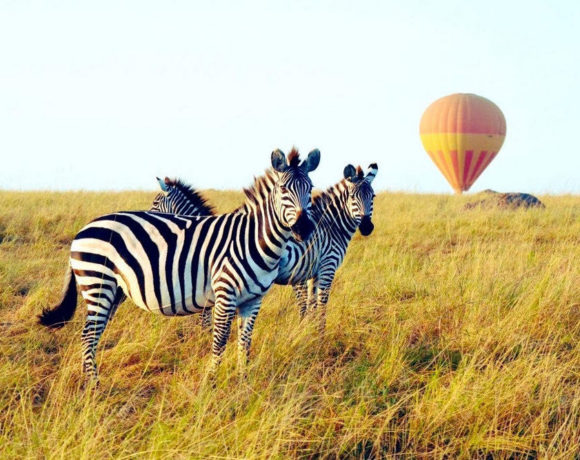One of the greatest wildlife spectacle of the world happens in Kenya every year.This is the migration of the wildebeest from Tanzania’s Serengeti to Kenya’s Maasai Mara as they cross Mara river.
But what exactly do you know about this phenomenal animals called the wildebeest or gnus (pronounced as ‘news’) or Nyumbu in Swahili?
Here are some quick facts about wildebeest.
- They are in the family of antelopes. (Shocked huh?)
- They can live to up to twenty years.
- Their mating period is seasonal and usually timed so that the young ones are born close to the beginning of the rainy season when pasture is in plenty.During this period an average of half a million calves are born. ( Half a million!)
- Their gestation period is about eight months.
- When a calf is born it is able to stand and run within five to fifteen minutes of birth.
- The young calf starts to eat grass at about 10 days but continues to suckle up to about 5 months.
- Within a few days a young calf can run as fast as the adults in the herd.
- Young males are driven away from the herd when the next calf is born while the females stay on.
- They are grazers and can not do without water for more than a few days.
- They have a migratory cycle each year in the Mara-Serengeti Ecosystem covering up to around 2000 km. This is dubbed as the great wildebeest migration.
- A single herd of wildebeest can have up to about one million of them.
- During the great migration about two million wildebeest cross the Mara river.
- These animals are a reliable source of food to the predators of the Mara-Serengeti Ecosystem.
- Predators follow the wildebeest as they move. Their main target being the young and weak.
- Other territorial predators like lions will only attack the wildebeest when they cross their territory.
- Wildebeest are active both day and night!
- They are also generally noisy.
Well,now you know!





NO COMMENT